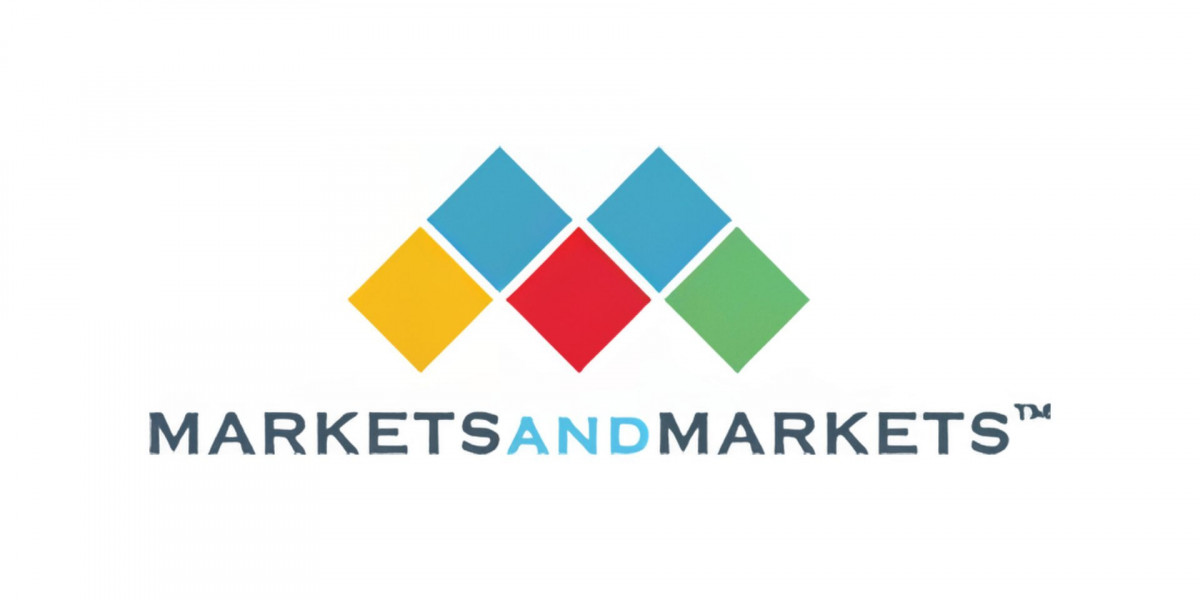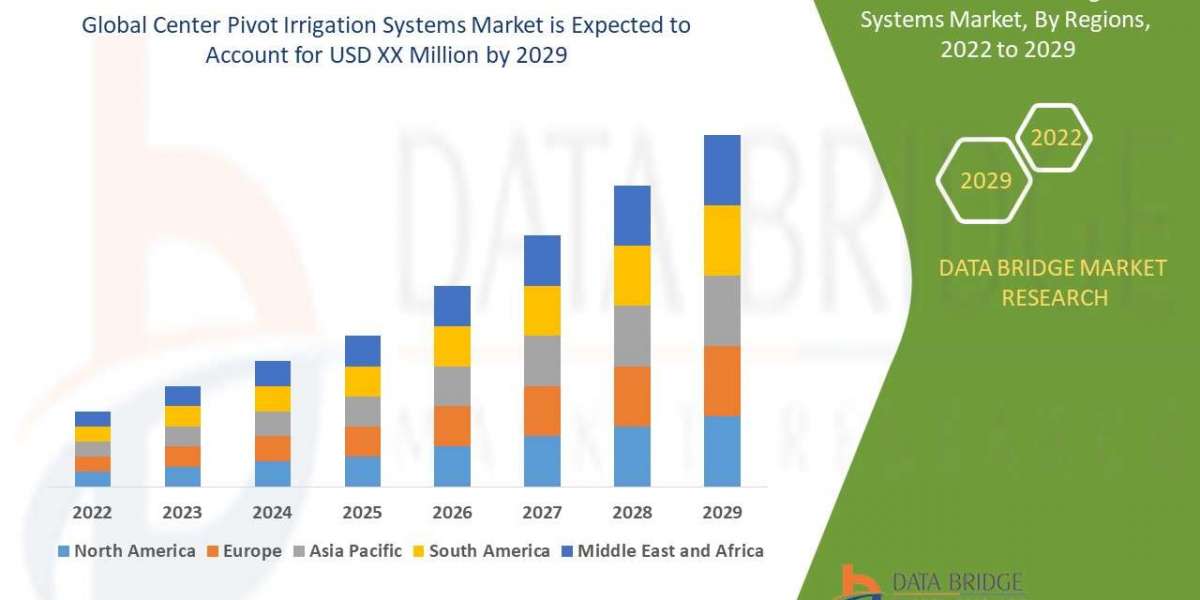The global blood culture tests market is projected to reach USD 7.6 billion by 2028, registering a CAGR of 8.0% during the forecast period of 2023-2028. This growth can be attributed to factors such as the high incidence of bloodstream infections, growing demand for rapid diagnostic techniques, high prevalence of infectious diseases, rising geriatric population, and increasing sepsis cases worldwide.
Sepsis represents a major burden globally, associated with high treatment costs and mortality rates. According to estimates from the Centre of Disease Control and Prevention (CDC), sepsis claims more lives annually in the US than breast cancer, prostate cancer, and opioid overdoses combined. The demand for timely and accurate diagnosis is therefore critical. Blood culture tests can detect the presence of pathogens directly from blood samples, making them invaluable for identifying and treating bloodstream infections.
The conventional blood culture tests segment accounted for the largest market share in 2023. Conventional systems offer ease of use and avoid the high capital expenditure associated with automated platforms. Meanwhile, the blood culture test consumables segment also held dominant market share, driven by the repeat purchases of specialized culture media required to detect various pathogens.
Among technology segments, culture-based tests constituted the majority share owing to their widespread use for diagnosing sepsis and identifying microbial presence. Under application segments, bacteremia testing contributed the highest demand reflecting the growth in bloodstream infections globally. By end-use, hospital laboratories made up the largest market due to the rising incidence of sepsis cases presenting in emergency departments.
Geographically, North America had the highest market share in the global landscape. The significant presence of leading test providers combined with an aging demographic and high infectious disease prevalence catalyzed this market dominance.
Growth Prospects Remain Strong, Albeit with Challenges
Favorable trends such as growing healthcare expenditure and adoption of advanced systems in emerging economies are expected to unlock lucrative opportunities. Market penetration remains low in developing regions, while economic expansion has led to greater investments in healthcare infrastructure and diagnostic technologies such as automated blood culture platforms.
However, restraints exist in the form of the high upfront capital requirements for automated systems as well as inadequate training among laboratory technicians, especially in low-resource areas. Conventional products also face displacement risks as new technology options enter the fray.
Overall, the market outlook remains optimistic, underscoring the essential role of blood culture diagnostics. With rising innovation, portfolio diversification, and geographic expansion, leading players can overcome challenges and tap into the extensive possibilities worldwide. Staying abreast of key developments will be vital in identifying new revenue streams within this vital domain.












